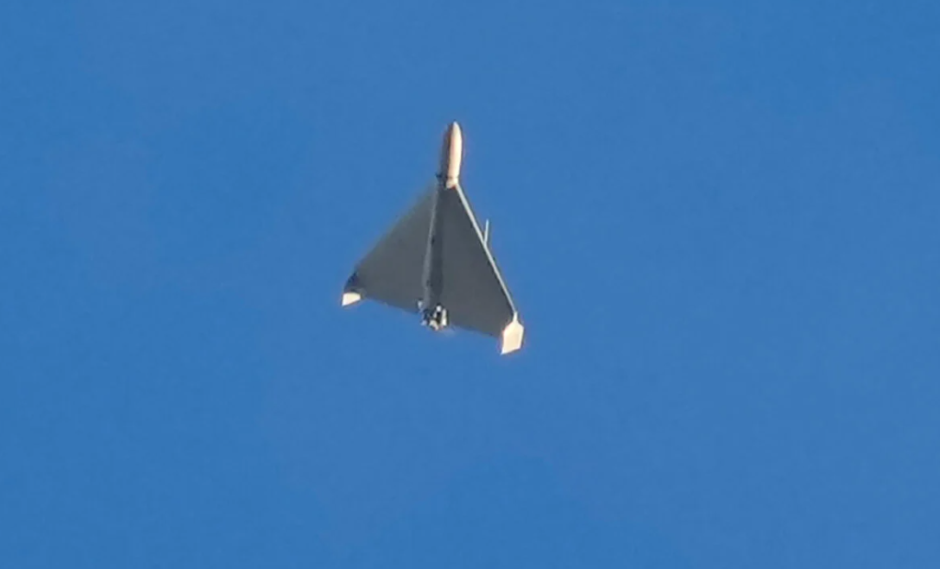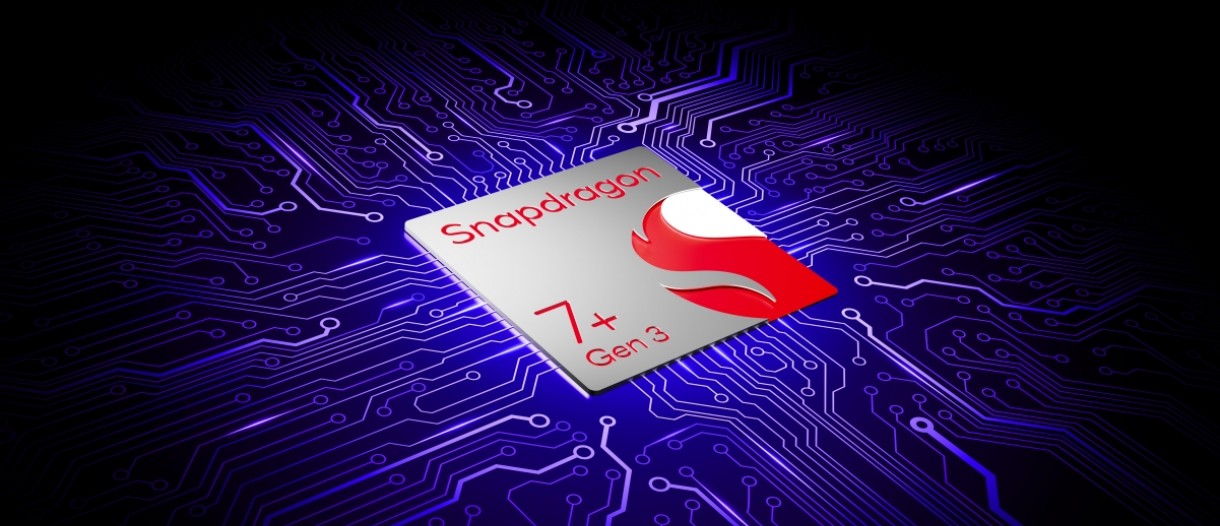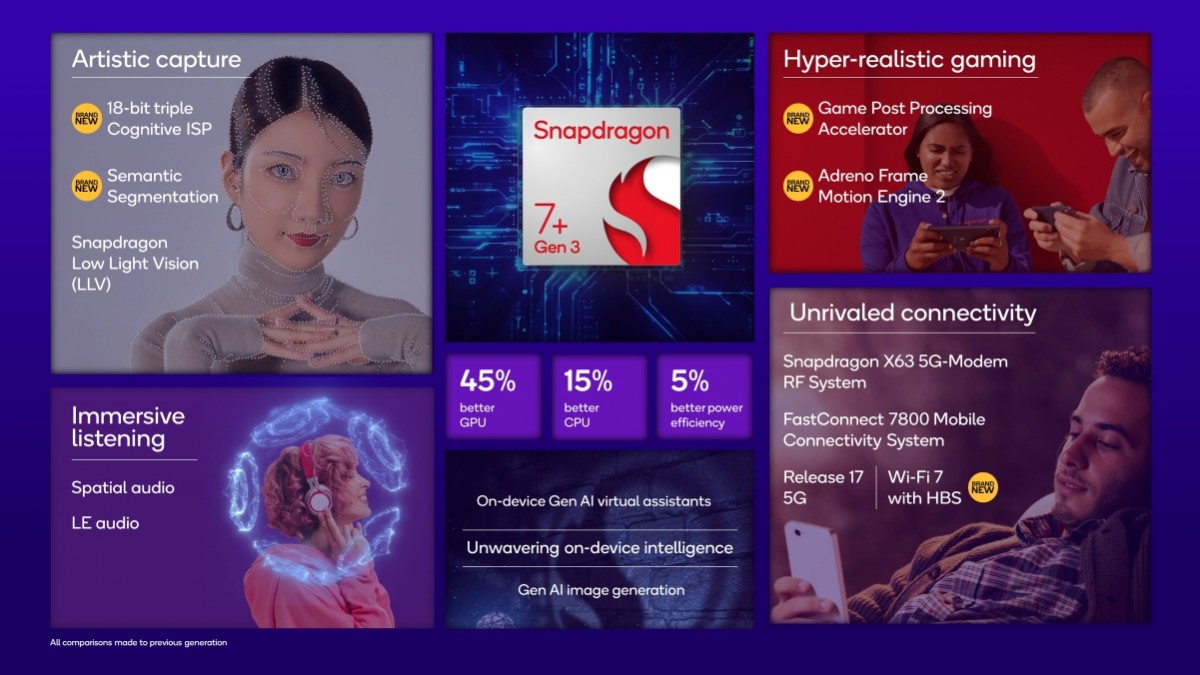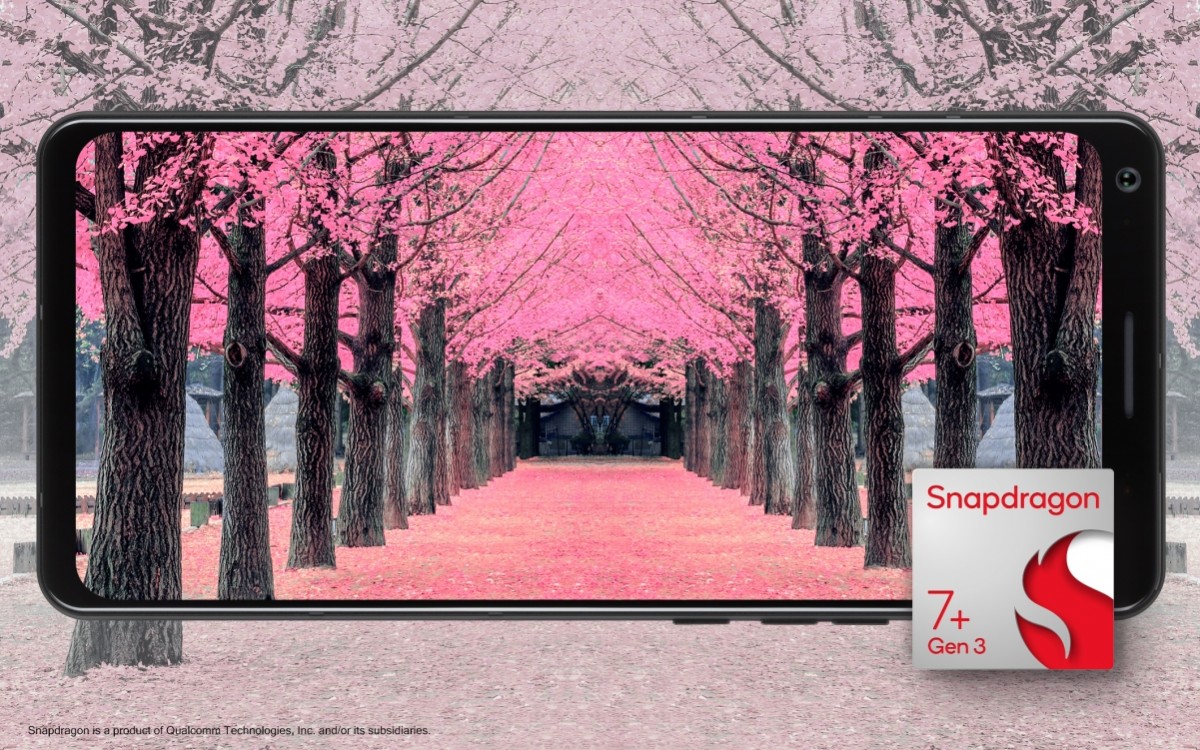Qualcomm has come up with a new premium mid-range chipset called Snapdragon 7+ Gen 3. As you can imagine from its name, the new product is an improvement over the previous Snapdragon 7 Gen 3 chipset.
The new, high-end 8-series chipset shares a Cortex-X4 core CPU core and various AI capabilities that users can use even if they buy a more affordable device with this chipset.
The new chipset promises 15% better CPU and 45% higher graphics performance than its predecessor, and its power consumption has improved by 5%. It is the first chipset in the Snapdragon 7 series to feature on-device generative AI capabilities. It supports several major language and visual models, including Baichuan-7B, Llama 2, Gemini Nano, and Zhipu ChatGLM.
The AI capabilities offered by the chipset could lead to better virtual assistants and more efficient image or visual generation. Thanks to multilingual translation and voice transcription, even a mid-range smartphone can reduce language barriers.
The Snapdragon 7+ Gen 3 is manufactured using a 4nm manufacturing process, and the main role in the CPU build is played by a Cortex-X4 core, which clocks at 2.8GHz. Apart from that, there are also four high-performance cores, Cortex-A720 architectures at the front with a signal clock of 2.6 GHz, and three power-efficient cores are also part of the configuration, which are Cortex-A520 modules with a signal clock of 1.9 GHz.
The chipset houses a Snapdragon X63 5G modem with FastConnect 7800 support. The maximum theoretical download speed of the chipset over the mobile network is 4.2 Gbps. Naturally, the chipset also supports older mobile communication methods.
The new chipset can handle 4K displays at 60Hz or panels with QHD+ resolutions of up to 120Hz. The chip also supports alternating refresh rates between 240Hz and 1Hz. In addition to the novelty, up to 24 GB of LPDDR5X RAM can be added during assembly, and manufacturers can use UFS 4.0 storage.
Several manufacturers have already signed up to use this chipset in their own devices, including OnePlus, Realme, and Sharp.
source: GSMArena
Also follow NapiDroid.hu-ta for the latest Android news!














































